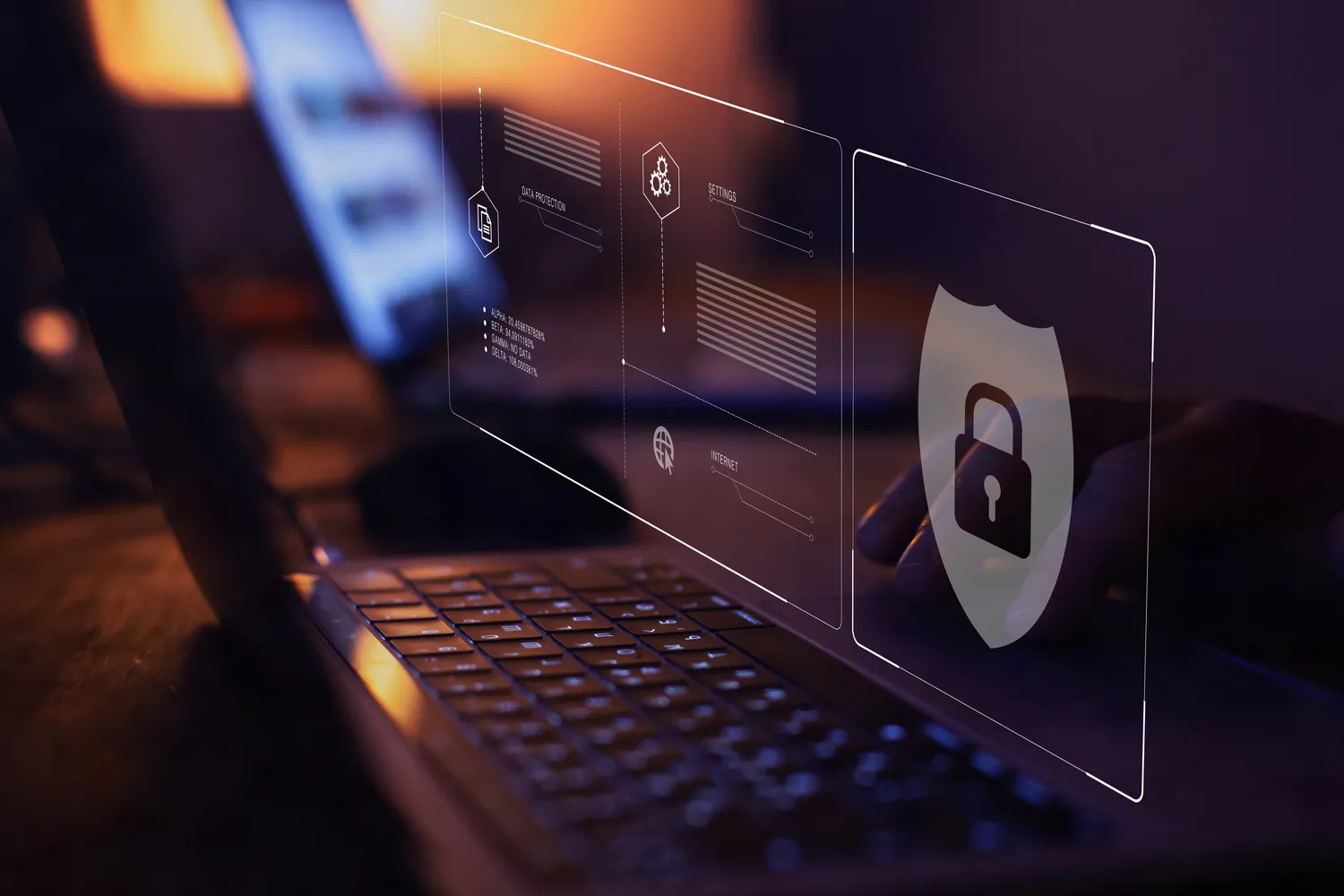Our recommendations
.01
Strong and unique passwords
The first line of defence against hackers is a strong password. Be sure to use long, complex passwords that include upper and lower case letters, numbers and special characters. Avoid obvious passwords like "123456" or "password". And never use the same password for several accounts. Instead, use a password manager to securely store and manage your credentials.
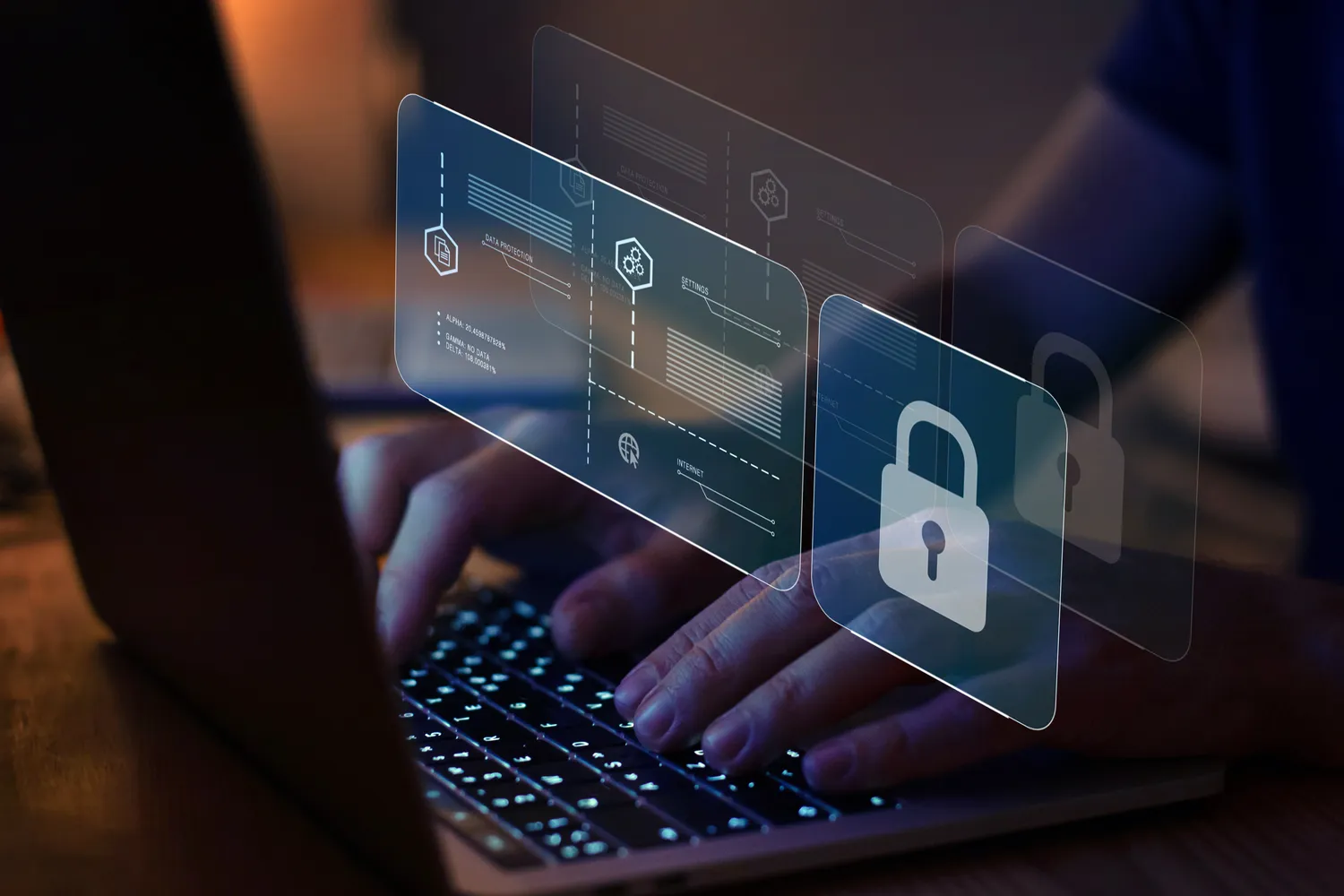
.02
Two-factor authentication (2FA)
Activating two-factor authentication is essential. This method requires you to enter a temporary verification code, usually sent to your cell phone, in addition to your password. Even if someone manages to obtain your password, they won't be able to access your account without the 2FA code.

.03
Checking websites
Before you enter your login details on a website, make sure it's the official site of your financial institution. Hackers often create fake websites to trick users. Check for the padlock in the address bar, and make sure the URL starts with "https://" to indicate a secure connection.
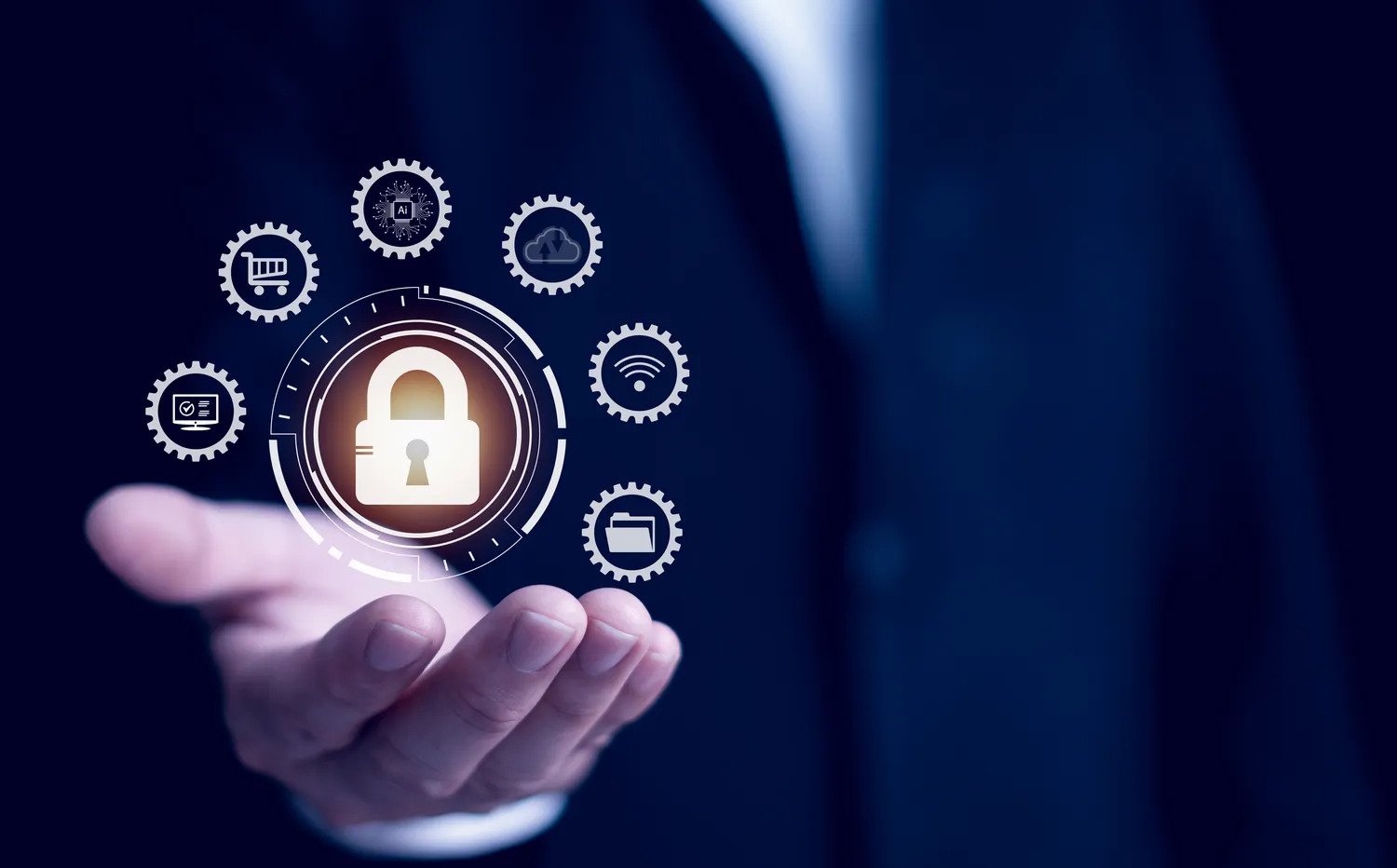
.04
Beware of suspicious e-mails
Phishing attacks are commonplace. Be alert to unsolicited e-mails asking you to provide sensitive information. Don't click on links or download attachments from unknown senders.
- More informations:
- https://www.aurorasepticservices.com/
- https://give-soft.com/

.05
Updates and security software
Make sure your operating system, applications and security software are regularly updated. Updates often contain essential security patches to protect your computer against vulnerabilities.
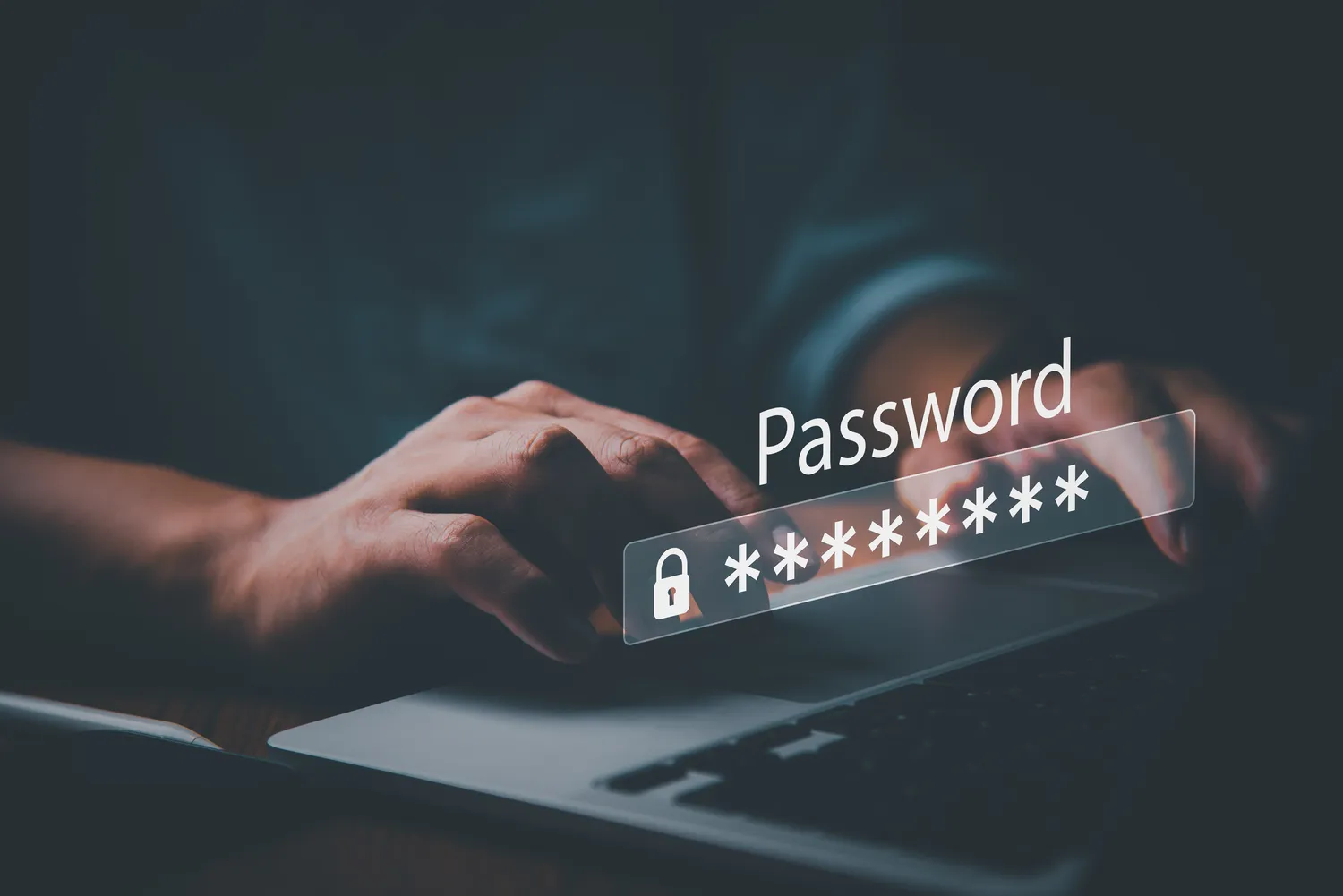
.06
Regular monitoring of accounts
Check your online banking statements regularly for any suspicious activity. The sooner you identify an anomaly, the easier it will be to solve the problem.
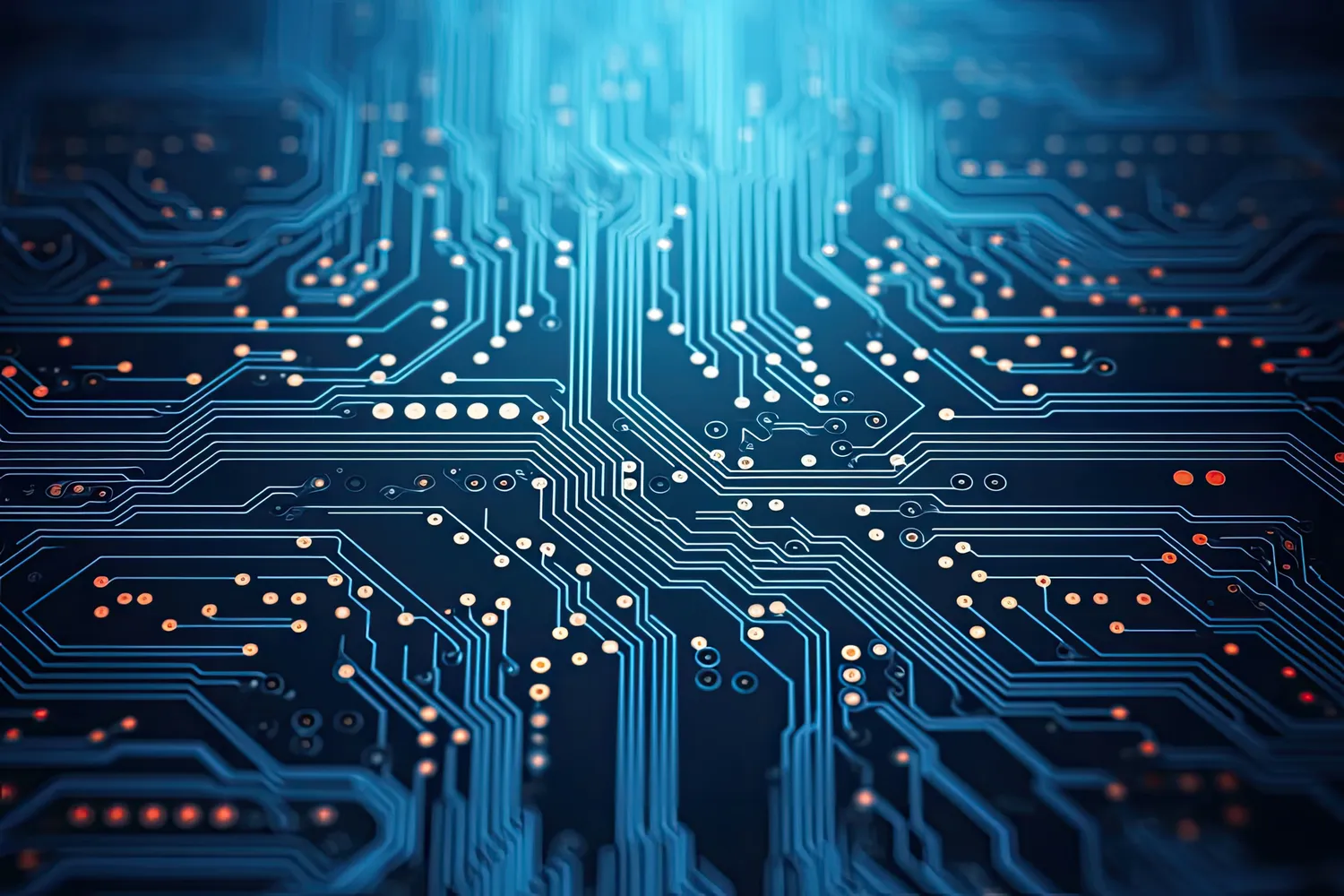
.07
Reduce your exposure on social networks
Avoid publishing personal or financial information on social networks, as hackers can use it to launch targeted attacks.

.08
Use a secure Wi-Fi network
Avoid connecting to unsecured public Wi-Fi networks to access your online banking accounts. Instead, use a 4G connection or a secure personal Wi-Fi network.

Conclusion
DDoS (Distributed Denial of Service) attacks represent a serious threat to online security. To protect themselves against DDoS attacks, financial institutions and online businesses need to implement appropriate security measures, such as the use of firewalls, load balancers, backup servers, and DDoS mitigation services. These DDoS mitigation services play a crucial role in safeguarding the availability of online services, as they can detect and divert malicious traffic away from the targeted infrastructure, ensuring that legitimate users can access their accounts without interruption.
Individual users, meanwhile, should be aware that such attacks can occur, but they are usually handled by corporate security teams. Users can simply monitor the availability of their online banking services and contact their bank in the event of a problem.
In summary, although DDoS attacks are not directly addressed in the article on online banking account security, they are a factor to consider when ensuring the availability of these services. Users should focus on good online security practices, while companies need to implement specific measures, including DDoS protection services, to defend against DDoS attacks.
